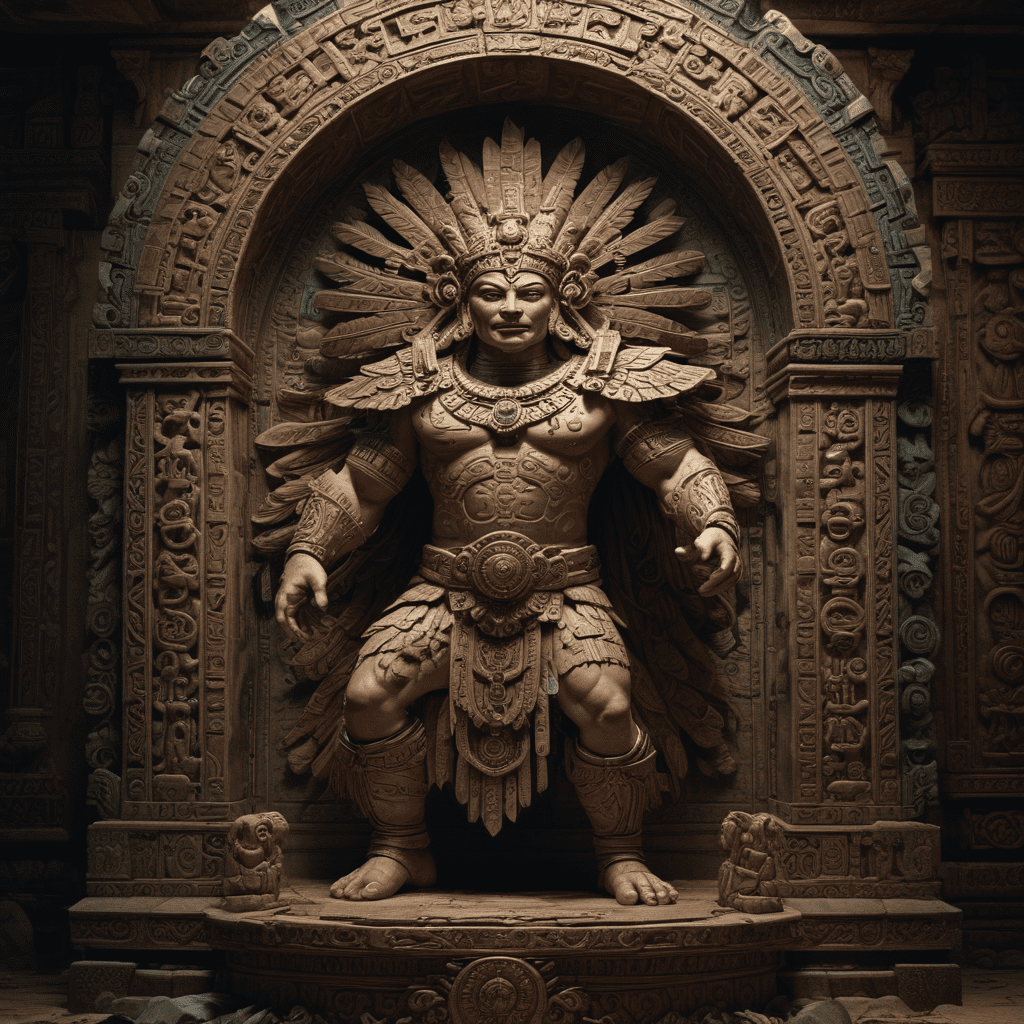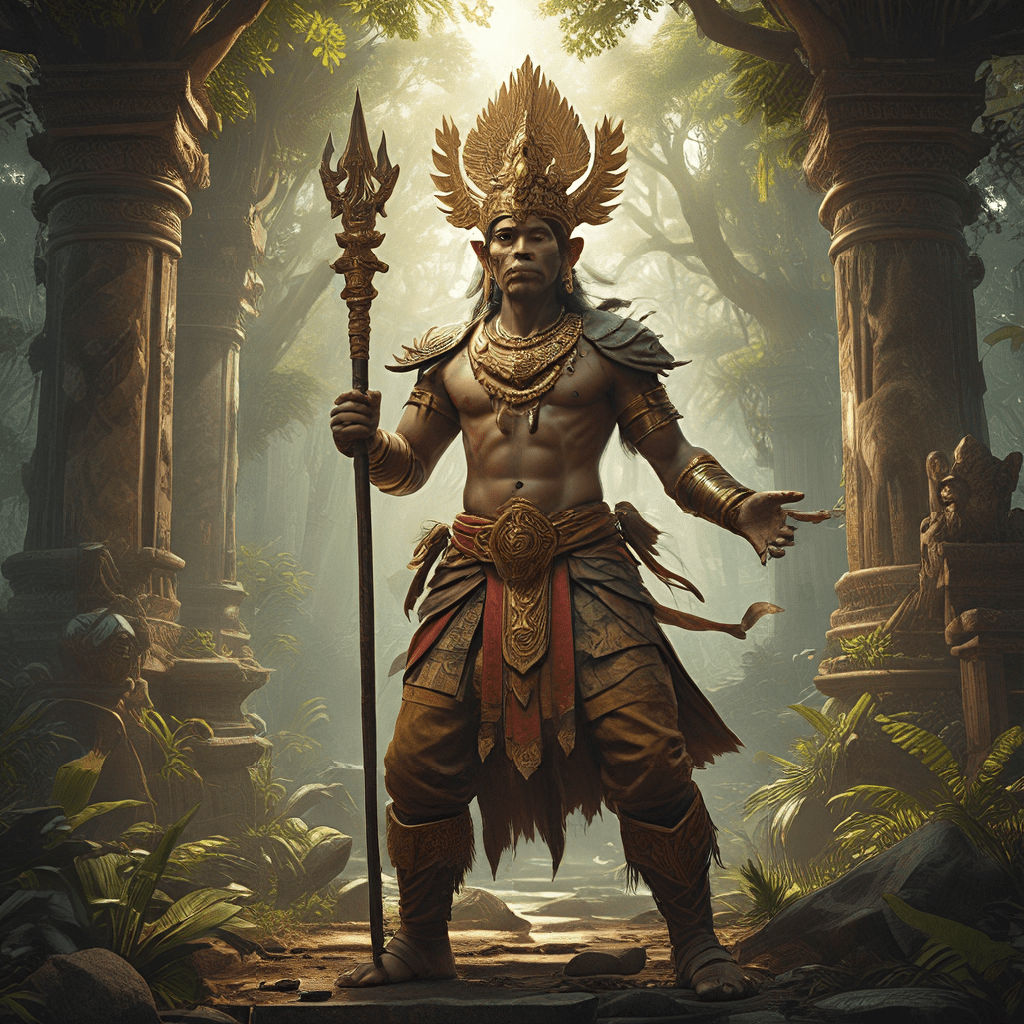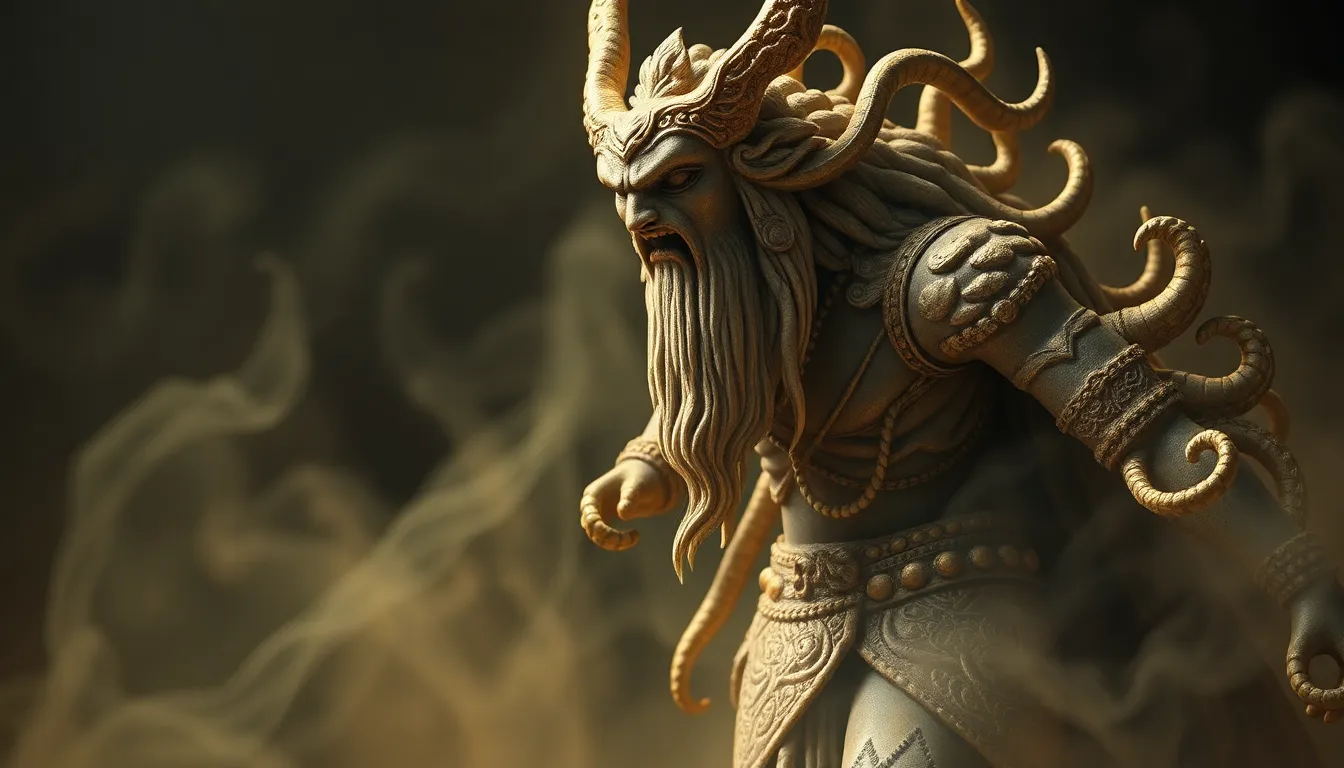The Power of Magic in Persian Mythological Tales
Introduction
Persian mythology boasts a rich tapestry of enchanting tales steeped in magical lore. Immersed in the mystical realm of djinn (genies), enchanted objects and mystical beings, magic plays a pivotal role in shaping the narratives, driving plots, and revealing profound truths about human nature. This exploration delves into the diverse manifestations of magic in this captivating mythology, uncovering its sources, forms, and influence on storytelling.
Sources of Magic: Divine Intervention and Enchantments
The wellspring of magic in Persian myths flows from various sources. Divine powers bestowed upon gods and goddesses like Ahura Mazda and Ahriman imbue them with extraordinary abilities to shape the world and influence the fate of mortals. Through rituals, incantations, and pacts with supernatural entities, individuals can tap into magical energies, wielding spells and manipulating the fabric of reality. Enchanted objects, imbued with potent charms and blessings, serve as conduits for wondrous feats and extraordinary transformations.
3. Weaving the Tapestry of Magic: Elemental, Transformational & Illusionary
Persian mythology showcases a captivating array of magical forms. Elemental magic harnesses the raw power of nature, bending fire, water, and air to the will of the adept. Transformational magic allows for shape-shifting and metamorphosis, blurring the boundaries between human and beast, mortal and immortal. Illusionary magic conjures fantastical illusions, manipulating perceptions and creating captivating spectacles. Healing magic mends wounds, restores vitality, and even grants immortality, blurring the boundaries between life and death.
6. Famous Examples of Magic in Persian Myths
The annals of Persian mythology are replete with legendary figures whose exploits are intertwined with the potency of magic. Rostam, the valiant hero of the Shahnameh, wields enchanted weapons and possesses superhuman strength bestowed upon him by a magical potion. Simurgh, the wise and benevolent bird, guides and protects heroes with its mystical powers. Zahhak, the tyrannical king, is cursed with serpents growing from his shoulders, a consequence of a dark pact with demons. These tales showcase the profound impact of magic on the lives of legendary figures, shaping their destinies and influencing the course of history.
7. The Moral Ambiguity of Magic: A Double-Edged Sword
Magic in Persian mythology is a double-edged sword, capable of both beneficence and malevolence. While it can be harnessed for noble causes, such as healing the sick or vanquishing evil forces, it can also lead to corruption and destruction in the hands of those driven by greed or vengeance. The cautionary tale of King Jamshid, who loses his kingdom due to his hubris and misuse of magical powers, serves as a stark reminder of the potential pitfalls of unchecked magical ambition.
8. Magic as a Metaphor: Exploring Deeper Meanings
Beyond its literal manifestations, magic in Persian mythology serves as a potent metaphor for exploring deeper philosophical and ethical themes. The pursuit of magical knowledge often symbolizes the quest for hidden wisdom and self-discovery. The transformative power of magic reflects the potential for personal growth and spiritual enlightenment. The consequences of using magic for selfish or unethical purposes highlight the importance of moral responsibility and the interconnectedness of actions and outcomes.
9. The Enduring Legacy of Persian Magical Tales
The enchanting tales of Persian mythology continue to captivate audiences worldwide, offering timeless insights into the human condition and the captivating power of imagination. The intricate tapestry of magic woven into these narratives reminds us of the boundless possibilities that lie beyond the realm of the ordinary, inspiring wonder and inviting us to contemplate the mysteries that lie hidden within ourselves and the world around us.
10. Frequently Asked Questions (FAQ)
What are some of the most famous magical objects in Persian mythology?
- The Simurgh's feather, which grants wishes and protects the wearer from harm.
- The Cup of Jamshid, which reveals the past, present, and future.
- The Ring of Solomon, which grants control over demons and jinn.
What are some of the most common magical creatures in Persian mythology?
- Divs (demons)
- Peris (fairies)
- Jinn (genies)
- Simurgh (a benevolent bird)
How does magic influence the portrayal of good and evil in Persian mythology?
Magic can be used by both good and evil characters, highlighting the complexity of human nature and the blurred lines between morality and power.
What are some of the lessons that can be learned from Persian magical tales?
- The importance of responsibility and ethical choices.
- The consequences of unchecked ambition and greed.
- The power of self-discovery and transformation.
- The interconnectedness of all things.



